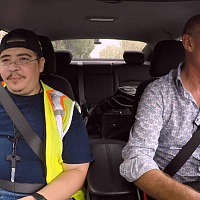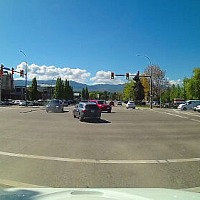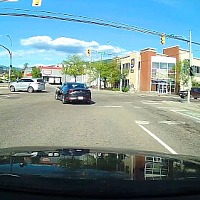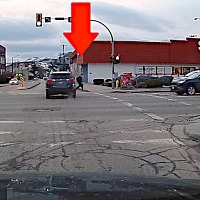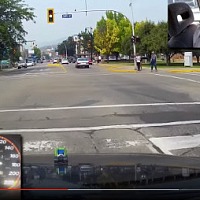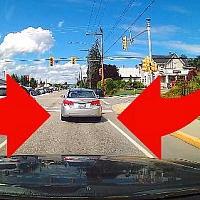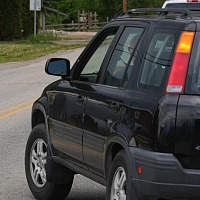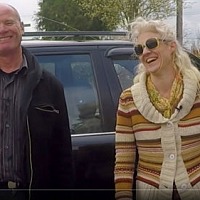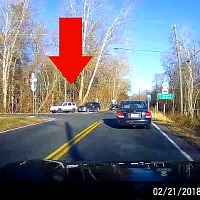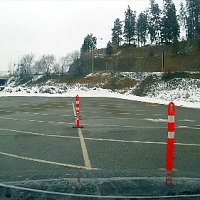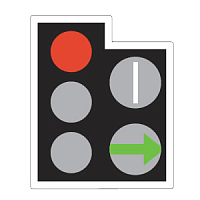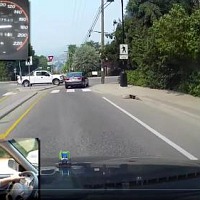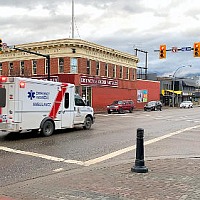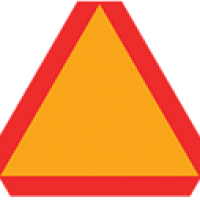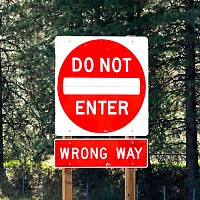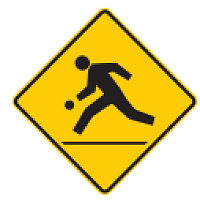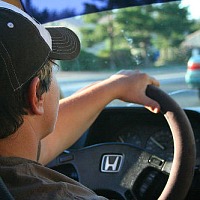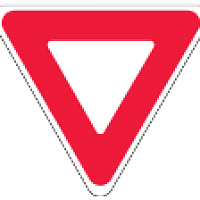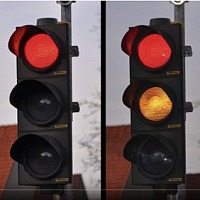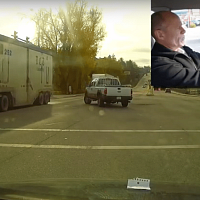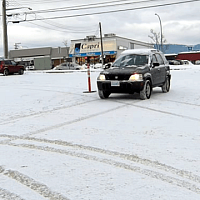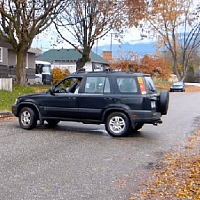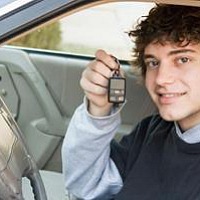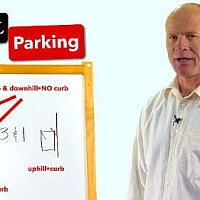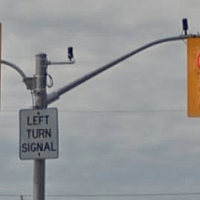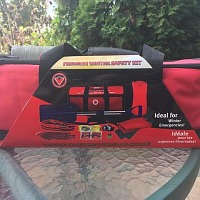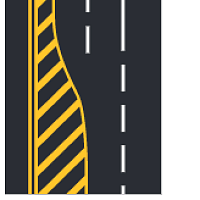Learn how to observe correctly to pass your driver's test and be a safer, smarter driver.
How to Observe to Pass YOUR Road Test First Time
Closed Caption
Introduction
- Hi there, smart drivers.
Rick with Smart Drive Test talking to you today about observation.
How you need to move your head for the purposes of passing a road test.
Stick around, we'll be right back with that information.
[INTRO & UPBEAT MUSIC] Hi there smart drivers, welcome back.
Talking to you today about observation.
Now just before we started here, Smart Drive Test helps new drivers get a license, veteran drivers remain crash free, and CDL drivers to start a career as truck or bus driver.
So if you're new here, consider subscribing just about there.
If you're on a mobile device, it's going to be a little bit off screen there.
And as well, hit that bell.
That way you'll get instant notification when I get the videos up for you.
Now a couple weeks ago on a livestream, I had one of the smart drivers say that he had another examiner in the car that was training during his road test, and the other examiner was watching his eyes.
Driving Instructor Mirrors to look at Students' Eyes are STUPID
Well I kinda had a passionate opinion about that, about some driving instructors who have other, have extra mirrors in the car to look at the student's eyes.
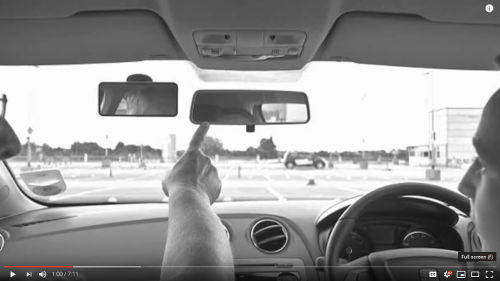
And said that unless you're moving you're head, you're not observing correctly.
And actually I had another smart driver comment furthermore that he was unsuccessful in his road test because he wasn't moving his head.
So I'm going to show you the clip from the livestream here, and then after that I'll come back.
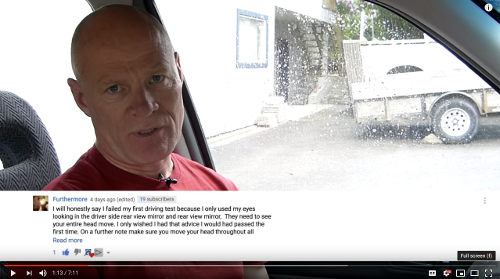
And I'm in the car, and I'm going to show you how to move your head for the different observations that you need to do for the purposes of passing a road test.
So here's the livestream.
You Must Move Your Head
Gordon: when I went for my road test, I had two testers with me, one was in training.
I did not notice the tester looking at my eyes to make sure I was checking my mirrors.
Ah, yeah.
(chuckles) I love that one, Gordon, that they have all these mirrors in the car and they say all the driving examiners looking to see where you're looking.
If you're just moving your eyes in the vehicle and they're looking at them, as far as I'm concerned you're not observing properly.
Because you cannot just move your eyes like this [moving eyes and trying to look] and look to where you need to look.

When you're looking in a wing mirror, you're going to go like this.
You're going to move your head.
It's the same thing when you're looking at a center mirror.
You're not just going to go like this.
You can't just look in the center mirror, you gotta move your head up to look.
So when driving, and I've had driving instructors tell me this and I completely disagree, and I have the same thing with driving examiners.
They've said the same thing: "oh, we're looking to see where you're looking."
And it's like you're moving your head.
Your eyes don't move enough to be able to do all the observation that you need to do correctly in a vehicle.
So you're going to be moving your head.
You're going to be looking in the center mirror, you're going to be looking in the wing mirror, you're going to be looking down the road, looking in the wing mirror over there.
So your head has to move (laughs) because your eyes don't move enough in your skull for you to do that.
So when people tell me that, I always chuckle, I just chuckle.

So in the car, I had a comment this morning when I was finishing up this video from Faith Wisdom.
She wanted to know if you had to move your eyes after you moved your head to shoulder check?
The answer in no, you simply don't have enough time.
You're just going to turn your head to shoulder check correctly.
How Does Human Vision Work?
Your peripheral vision, which is 180° degrees in a healthy adult, is going to take care of the rest of it after you turn your head 90° degrees.
Our peripheral vision is attracted to light and movement.
And if there are other road users, then there's movement and we sense that.
Or there's light or something in the area where we're looking, our peripheral vision's going to bring in our central vision to further investigate.
So it's important that if you shoulder check and if you see something, look forward, make sure your vehicle's going in the right direction, and look again to get a good sense of what's there and what you need to prepare for in terms of a potential hazard in your blind areas and the areas around your vehicle.
I'm going to show you how to do the scanning while you're driving.
Correct Scanning Pattern When Driving Forward
So you're sitting in the seat square.
You're going to repeat these intervals every 8 to 10 seconds.
So you're looking down the road into the instrument panel, so you're going to move your head down slightly.
Windshield down the road, eight to 10 seconds, and check the wing mirror on the left.
Down the road again.
Intersections, you're obviously scanning intersections as well while you're driving.
And then in and check that mirror.
So every eight to 10 seconds, you're going to be rotating through that scanning pattern while you're driving in a forward motion.
So down the road, instrument panel, down the road, center mirror, down the road, shoulders, left wing mirror, down the road, right wing mirror, and then continually repeat that as you're driving.
And of course you're going to be scanning intersections when you're driving through intersections, controlled and uncontrolled intersections.
So that's in a forward motion.
How to Observe When Changing Lanes & Turning
Shoulder check every time you change direction of the vehicle.
Anytime that you move the vehicle sideways.
You're changing lanes, or you're moving sideways, or you're making turns, you're going to do shoulder checks a minimum of two times.
One approximately half a block before the turn and the other one immediately before the turn.
And you're going to make the shoulder check 90° degrees in the direction that you're turning.
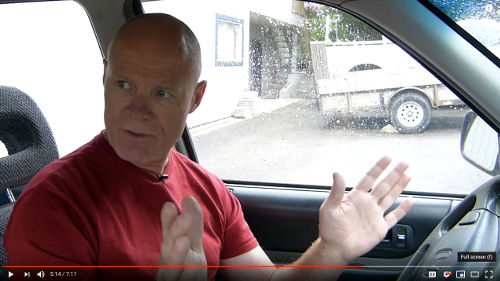
So if you're turning left, okay approximately half a block before the turn, 90° degrees to the left.
Forward, immediately before the turn, 90° degrees again.
If you're stopped at the intersection for a period of time, you may have to do two or three.
Okay?
And then if you're turning to the right, 90° degrees to the right, shoulder checking half a block before the turn and then immediately before the turn.
So that's for any time that you're turning or doing sideways movements, when you're changing lanes and those types of things.
Slow-Speed Manoeuvres (parking or turning around)
Then if you're going to reverse and you're going to do reverse stall park, three point turn, parallel parking, or two point reverse turn, and I'll leave all the videos down in the description for you for those different maneuvers that you have to do for the purposes of a road test.
Now before you back up, you're going to do a 360° degree scan.
And again, I'll leave this video down in the description for you.
360° degree scan, and then backing up.
You put your hand on the back of the passenger seat, one hand on the steering wheel, and turn, and look out the back window.

How to Use a Backup Camera for Driver's Test
You can use your backup camera, but you have to usee it with all you other backing and observation tools.
360° degree scan, looking out the back window, checking your backup camera, 360° degree scan, and every vehicle length stop the vehicle to do a 360° degree scan and make sure there aren't other road users around.
So that's how you observe for the purposes of your driver's test.
It is instrumental that you move your head because your eyes do not move enough in your skull to be able to observe properly for the purposes of a road test.
Bigger Vehicles & Observation
Another point.
The bigger the vehicle, the more you're going to have to move your head to do those scans and observations.
So as you move up in bigger and bigger vehicles, for those of you in SUVs, you're going to move your head more.
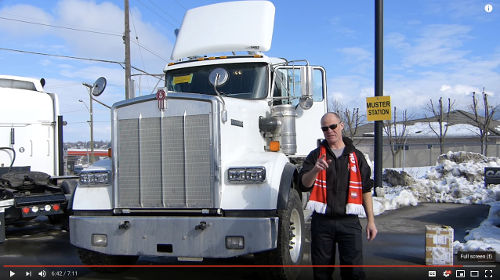
Buses, trucks, those types of things, you're going to move your head even more.
The other cornerstones of the driver's test:
• observation;
• communication;
• speed management;
• and space management.
You have to have all of those components in place to be successful on a road test.
To subscribe, click here.
For another great video, click here.
All the best on your road test and remember, pick the best answer, not necessarily the right answer.
Have a great day, bye now!




